INSIDER BLOG: El Nino is here early, what can we expect?
EL NINO SOUTHERN OSCILLATION
We talk a lot about "ENSO" without really mentioning it. "ENSO" or the El Nino Southern Oscillation is the phenomenon that we often refer to as El Nino or La Nina. ENSO can sometimes be classified as El Nino or La Nina based on what is happening in the equatorial waters of the Pacific Ocean. ENSO is a pattern of either warm, neutral, or cold waters in this region. These temperature differences can have an impact on our jet stream and by extension our weather patterns. Warm waters indicate an El Nino year, while cold waters mean a La Nina year is in store.
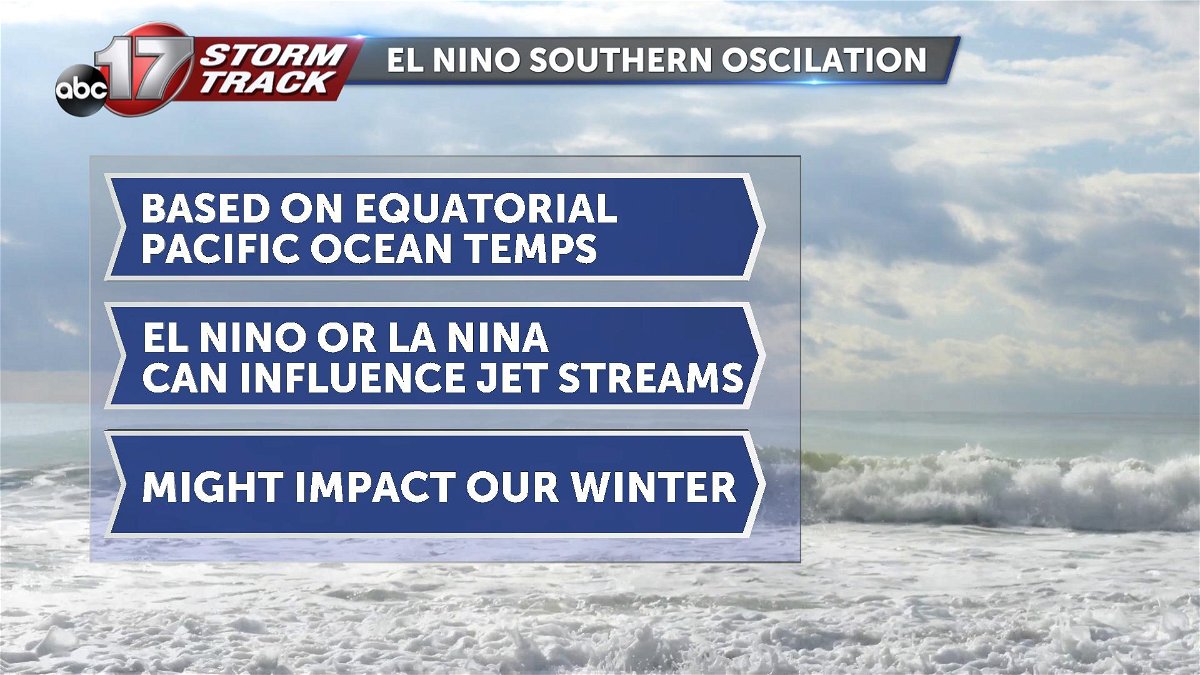
HOW IT WORKS
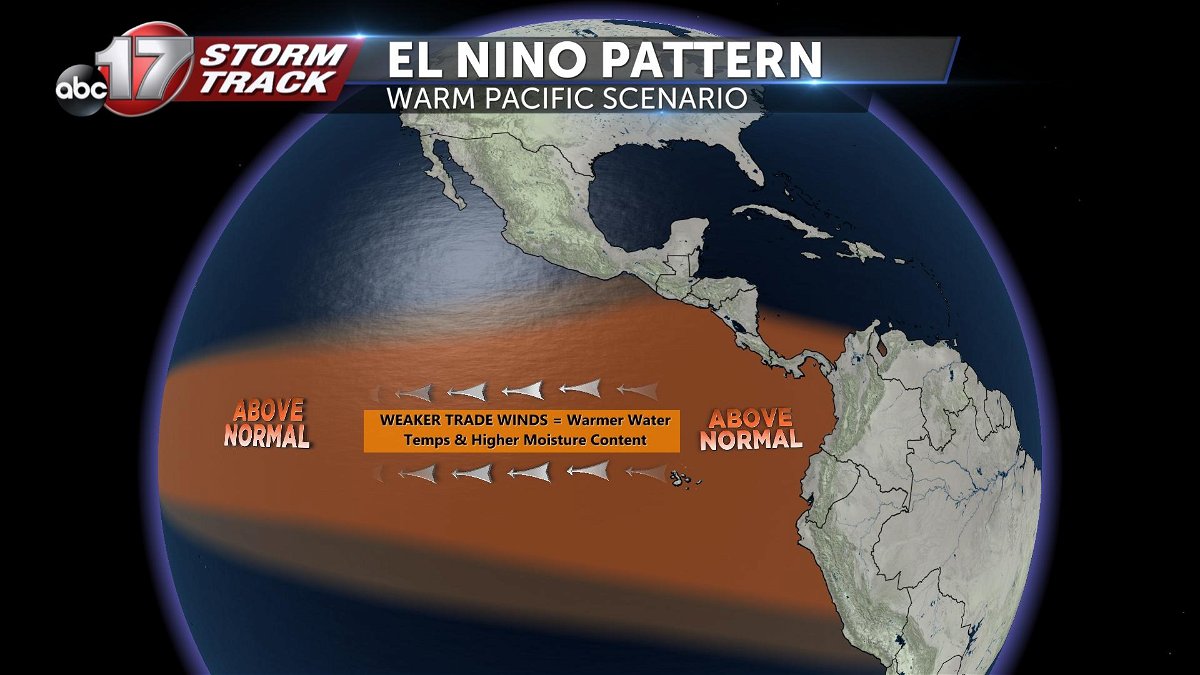
It largely boils down to winds from the coast of South America. Trade winds blowing from east to west will vary in strength. The stronger the winds, the farther cold upwelling waters can spread west into the rest of the equatorial Pacific. In a La Nina year, the winds are stronger, leaving the Pacific cooler. In an El Nino year, the winds are weak, resulting in a warmer Pacific. Neutral years are usually somewhere in between.
HOW IT IMPACTS WEATHER
Water temperature at such a large scale affects weather patterns first near the equator, but then by extension across the world. Each pattern ultimately will affect the jet stream differently, and so then the jet streams impact on weather locally will vary.
WHAT IS HAPPENING NOW
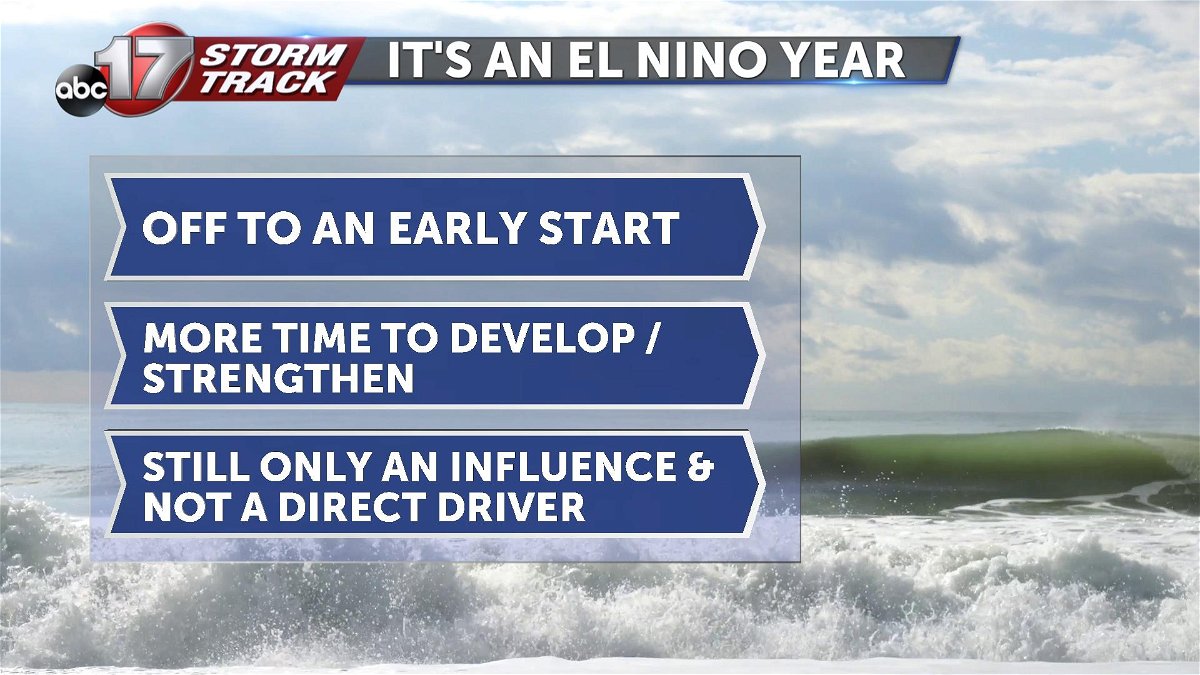
This year is an El Nino year, meaning the waters of the Pacific are warm. El Nino patterns in the past have usually developed in late summer or early autumn. This year, El Nino is about three months early, which essentially means it has more time to develop. This also means that while El Nino is more widely known for it's winter impacts, it may also have an impact on our summer season as well.
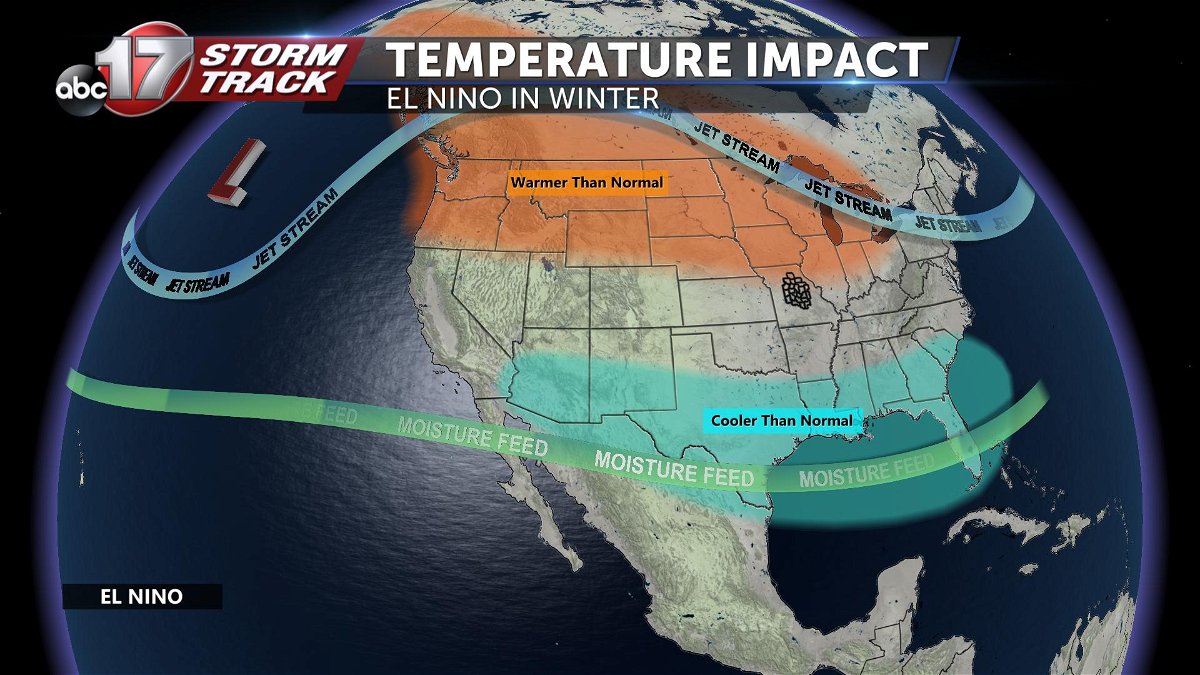
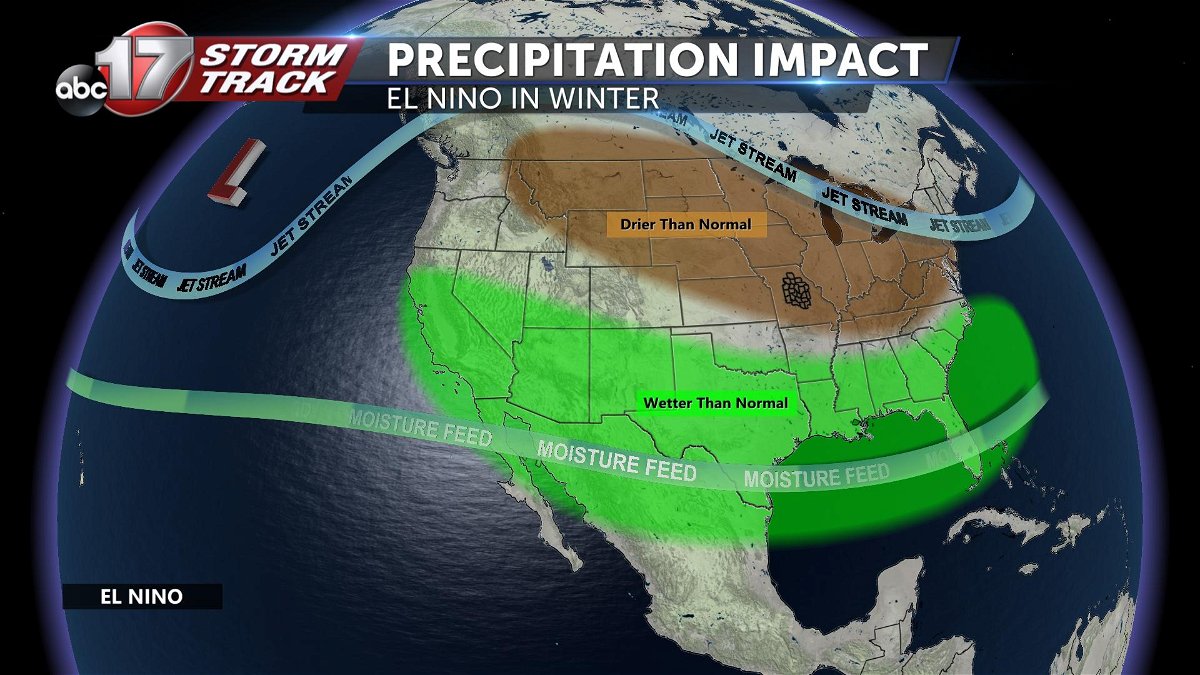
In winter, an El Nino's impacts are primarily dry and mild conditions for our region, although that is conditional, as we'll be just north of the pacific moisture flow. Confidence is lower in summer impacts, as
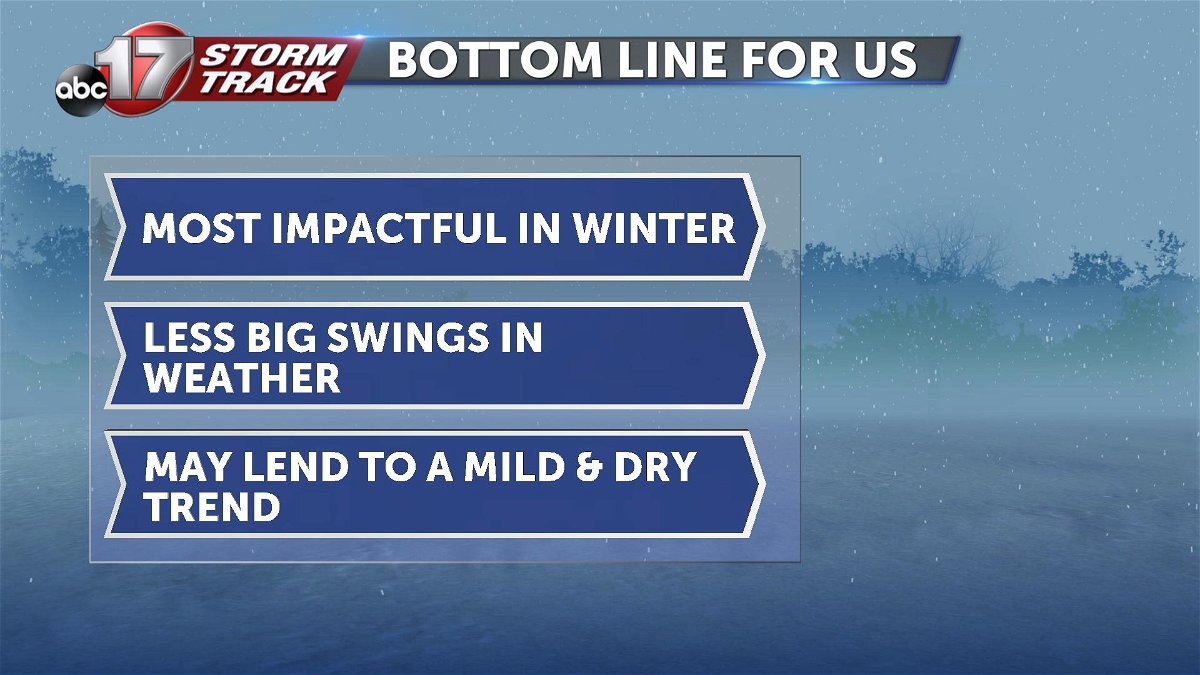
El Nino typically has greater impacts on winter, and less impact on summer. Still, given the early onset, it's worth mentioning. El Nino tends to lift the jet stream north, leading to fewer big temperature swings, drier weather locally; something that has been observed with past events. Temperatures have been shown to be slightly cooler in EL Nino summers locally, but warmer globally.
